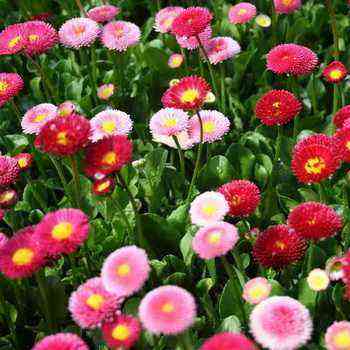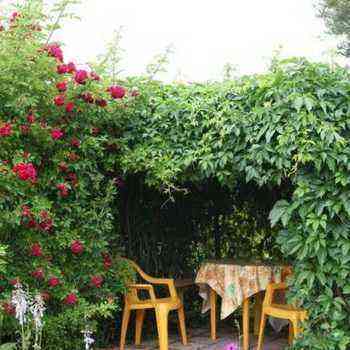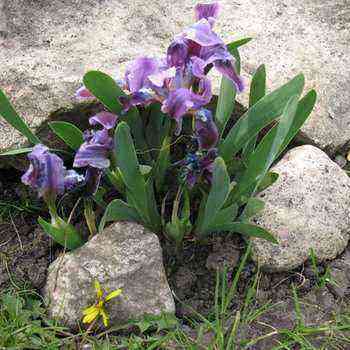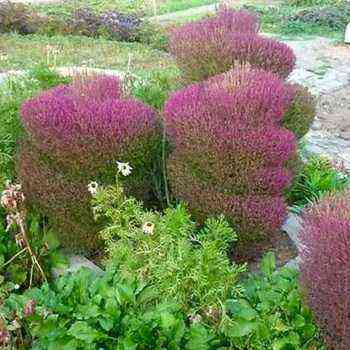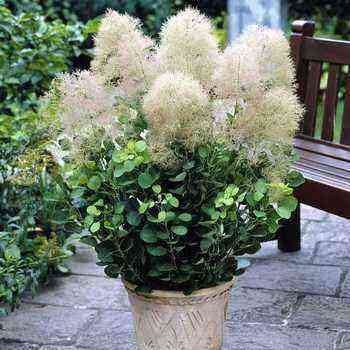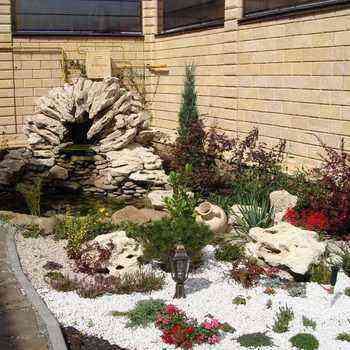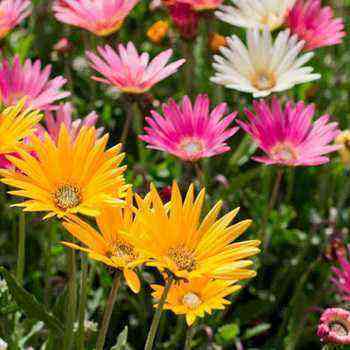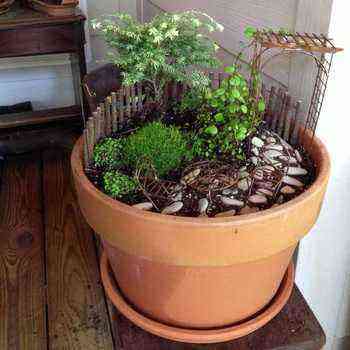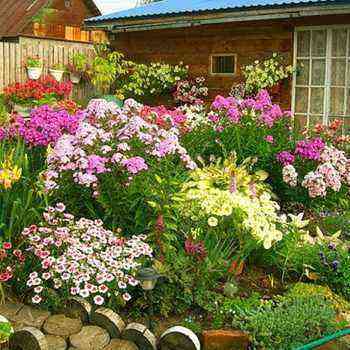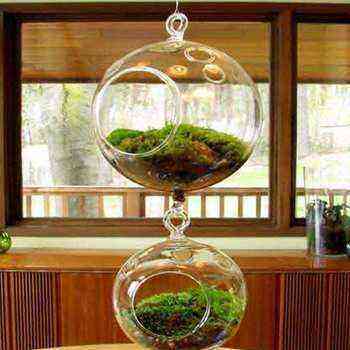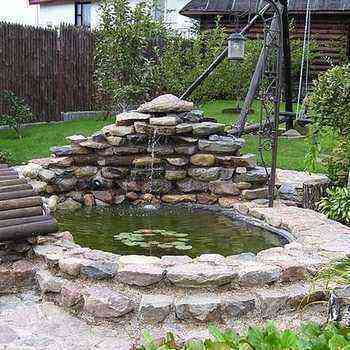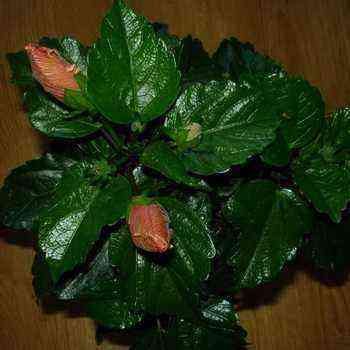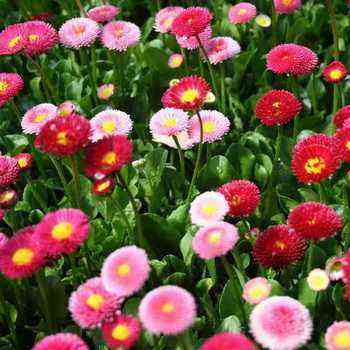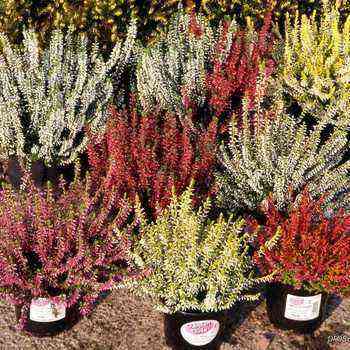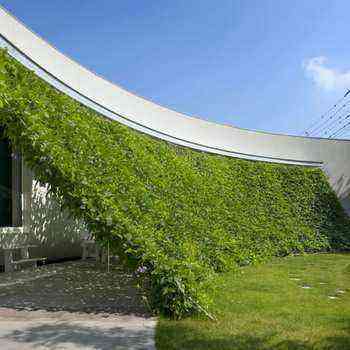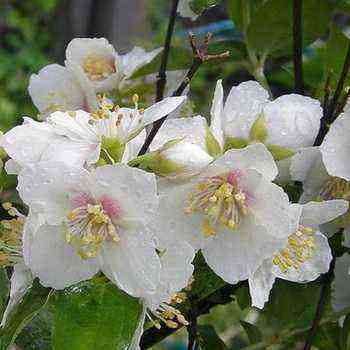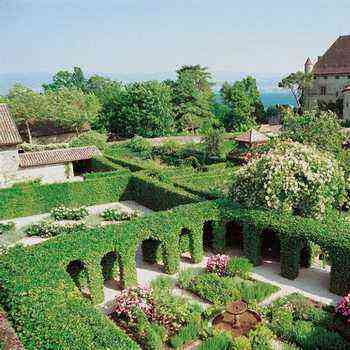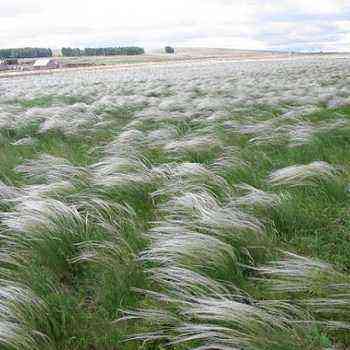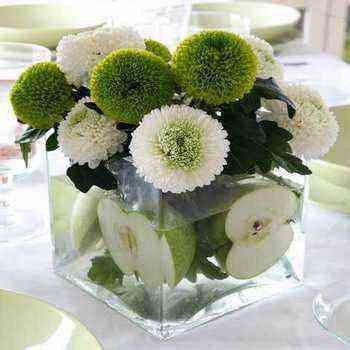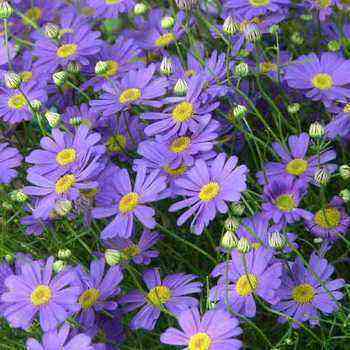 Knowing the basics of color and the rules for combining colors, you can easily make amazing compositions where every detail will be in perfect harmony with the neighboring one. Surely, you sometimes had to notice that a beautiful product or bouquet can easily be ruined by one unsuccessfully added color. To prevent this from happening, the laws of color will come to the rescue – the science of color: following simple rules, your crafts will become an example of excellent taste.
Knowing the basics of color and the rules for combining colors, you can easily make amazing compositions where every detail will be in perfect harmony with the neighboring one. Surely, you sometimes had to notice that a beautiful product or bouquet can easily be ruined by one unsuccessfully added color. To prevent this from happening, the laws of color will come to the rescue – the science of color: following simple rules, your crafts will become an example of excellent taste.
Coloristics – the science of color harmony
Coloristics – the science of color harmony, containing knowledge about the nature of color, primary, composite and complementary colors, color characteristics, contrasts, color mixing, coloration and color harmony.
The color wheel and knowledge of the laws of drawing up color combinations based on it allow you to work with wide palettes of colors and make certain combinations to achieve a certain emotional state.
Color combinations can be contrasting, complementary, monochromatic (combinations of shades of different brightness and saturation within the same color), related, related-contrasting and neutral.
The principles of colorism are successfully applied in all areas close to the fine arts and creativity, including in floristry.
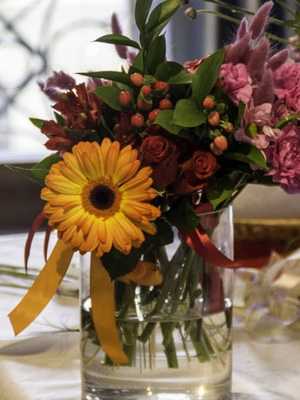
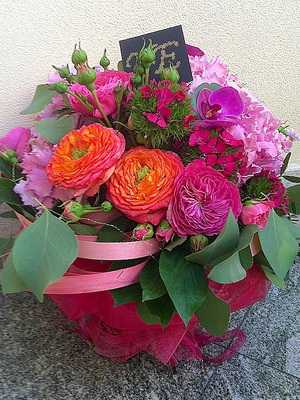
When combining contrasting shades in a bouquet, it is best to separate the flowers with green foliage or small flowers of intermediate and neutral colors, providing a smooth transition from one active color to another. The most harmonious contrasting combinations are orange with blue, purple with yellow, red with green.
Bouquets in a monochromatic range look good, for example, a composition with a subtle transition from scarlet color through rich pink to pale pink.
Primary and secondary colors in colouristics
The three primary colors of the colouristic are yellow, red and blue. If you mix all three basic colors, then, depending on their concentration, gray tones of one intensity or another are formed.
Secondary (composite) shades are obtained from the main ones:

yellow + red = orange;
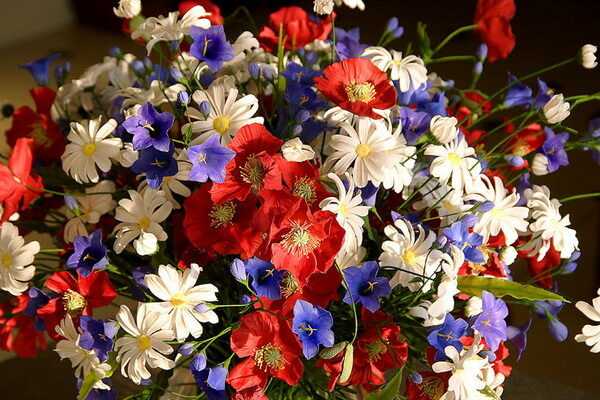
red + blue = purple;
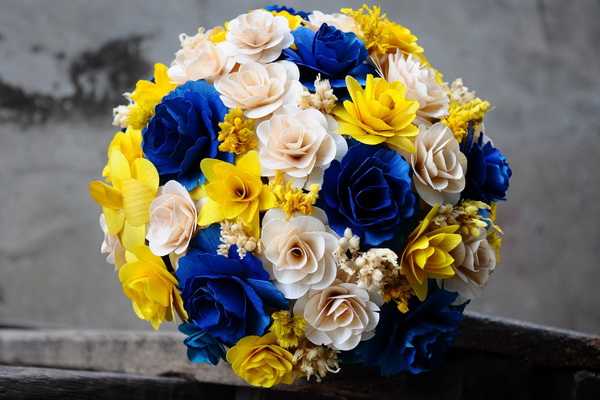
blue + yellow = green.
Complex colors are obtained by mixing three composite colors with primary colors. By darkening or lightening these tones to a greater or lesser extent, we get the entire possible range of shades.
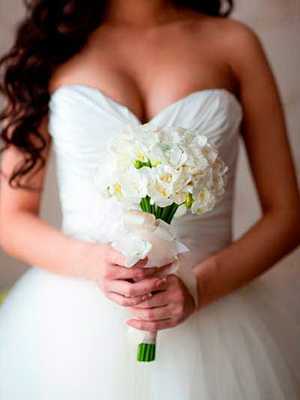
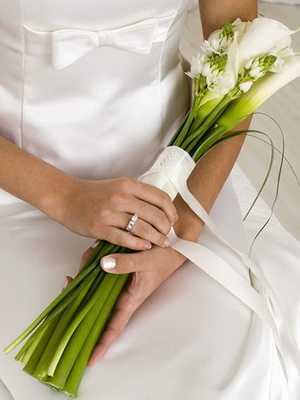
White – the color of purity, so it must be present in a wedding bouquet. The bride’s bouquet is usually made up of flowers that are combined with white and favorably set off them: pink, pale yellow, light green.
Compositions of flowers painted in muted, discreet tones look soft and harmonious.
Multi-colored harmony will arise in a bouquet if, when composing it, you use three or more colors that are at equal distances from each other in the colorimetric circle. So, for example, you can combine flowers with yellow, blue and red color or purple, orange and green plants in one bouquet.
